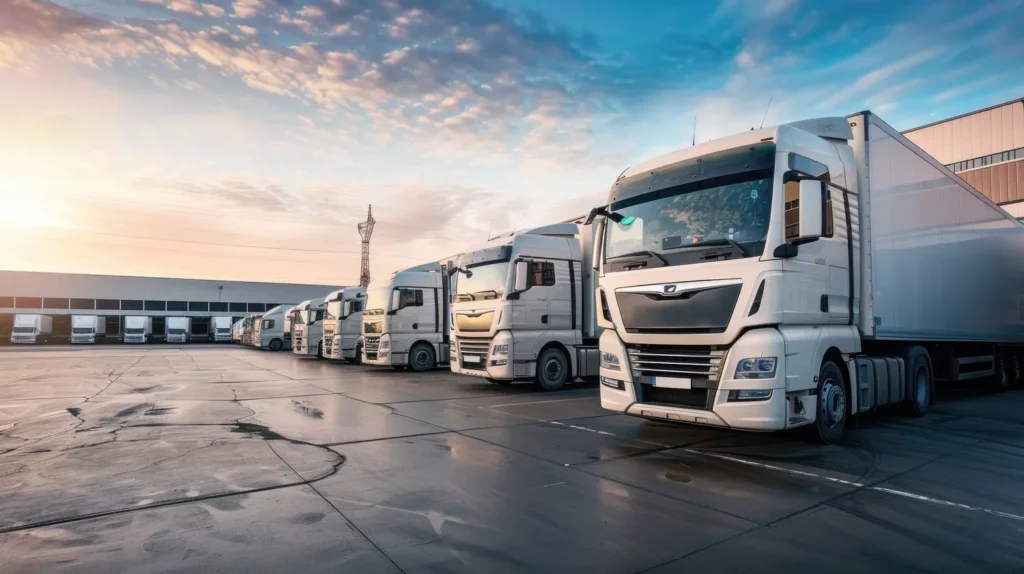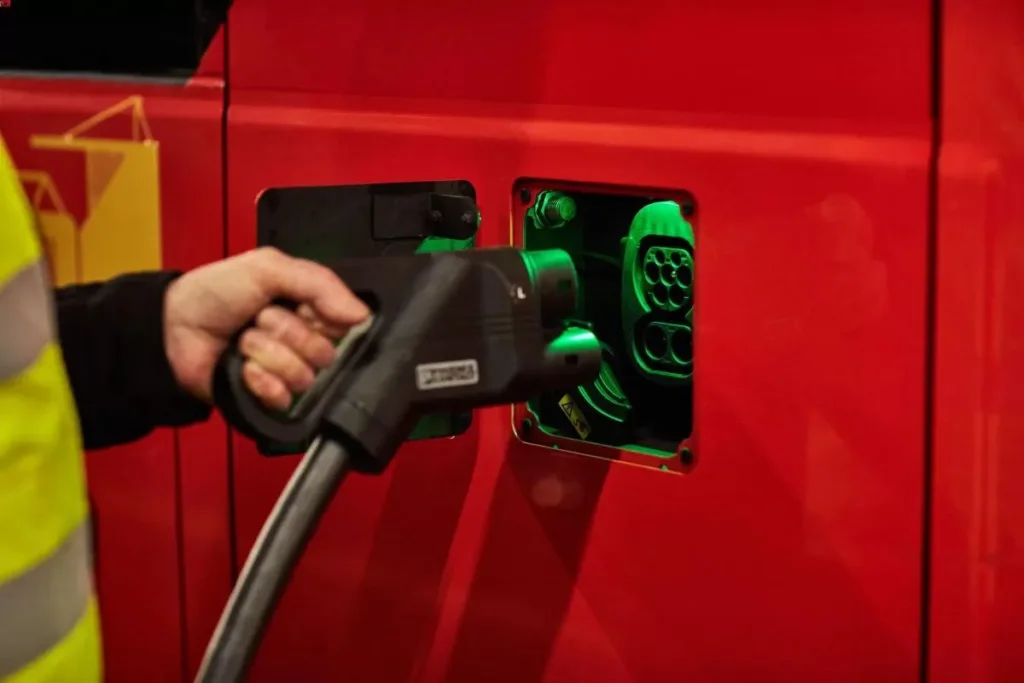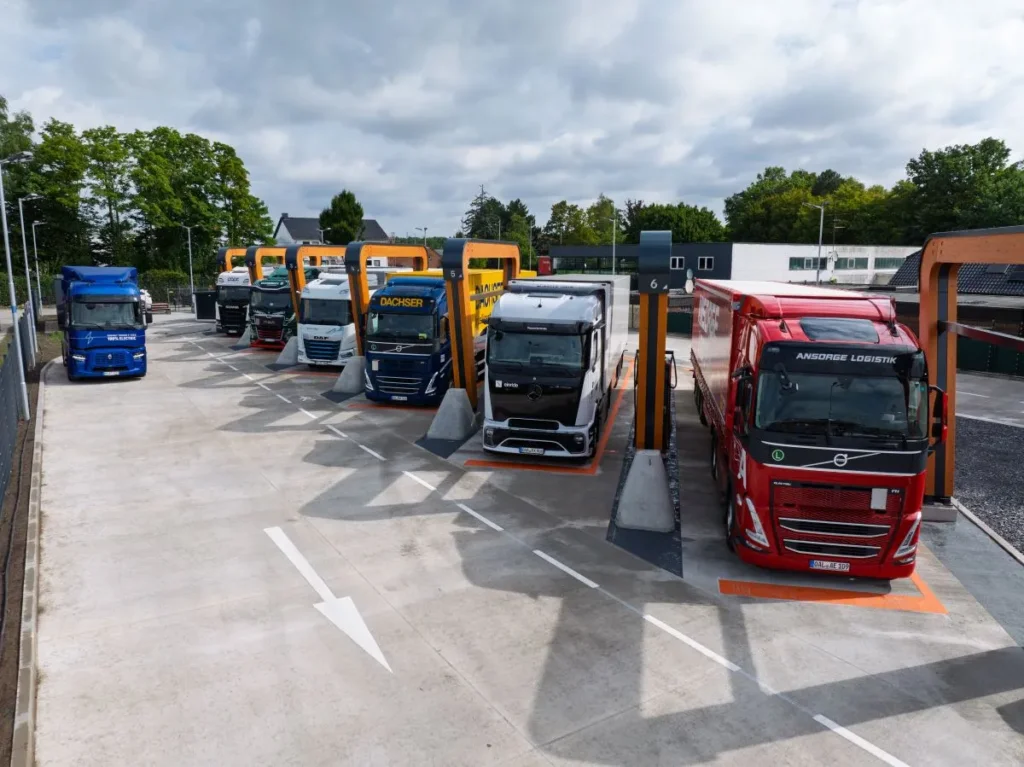The site, located at kilometre 288+810 on the Sibiu–Orăștie section of the A1, includes two OMV stations equipped with a total of 34 fast-charging points – 17 in each direction. Of these, 16 are allocated for electric cars and 18 for electric trucks, making it one of the few publicly accessible charging sites in the region equipped for HGV use. The total installed charging capacity is 10 MW, split equally between both sides of the motorway.
The new facility is among the first in Eastern Europe to offer dedicated high-power charging for long-haul electric trucks. Each truck charging point is capable of delivering up to 400 kW, allowing a full charge in approximately 1.5 to 2 hours. In comparison, slower 25 kW chargers can take an entire night to recharge an electric truck.
The site sits on one of Romania’s busiest freight corridors and is part of the trans-European TEN-T network. The infrastructure is aimed at international hauliers and domestic fleet operators exploring lower-emission alternatives to diesel-powered trucks. The location may prove strategic for operators running routes between Hungary, Romania, and Bulgaria, offering an en-route solution for electric freight vehicles.
OMV Petrom has stated its intention to develop the largest EV charging network in Romania by 2030, with a target of over 5,000 charging points. The company currently operates around 780 filling stations under the OMV and Petrom brands across Romania, Moldova, Bulgaria and Serbia, and has built a regional network of approximately 1,000 EV chargers to date.
“This section of the A1 is one of Romania’s main commercial routes,” said Radu Căprău, OMV Petrom Executive Board Member responsible for Refining and Marketing. “Our strategy includes the expansion of high-power charging infrastructure to support the decarbonisation of transport.”
The charging stations were developed under a concession agreement with the Romanian National Road Infrastructure Administration Company (CNAIR). In addition to refuelling and charging services, the motorway service areas include extended parking facilities for both HGVs and passenger vehicles, public restrooms, a retail shop, and a food area offering hot meals and drinks.











